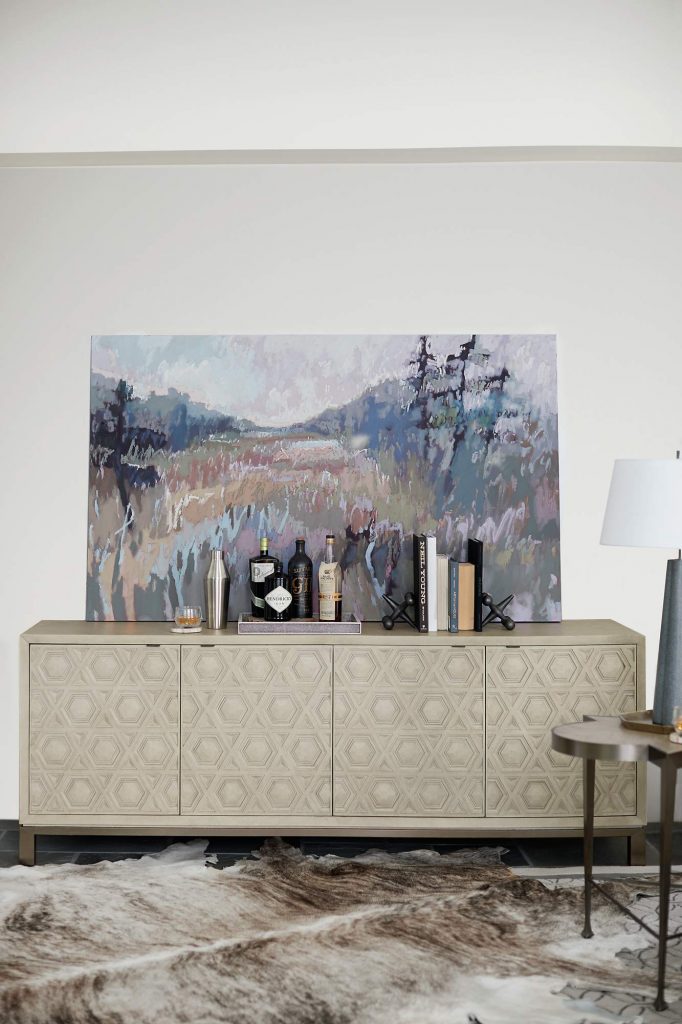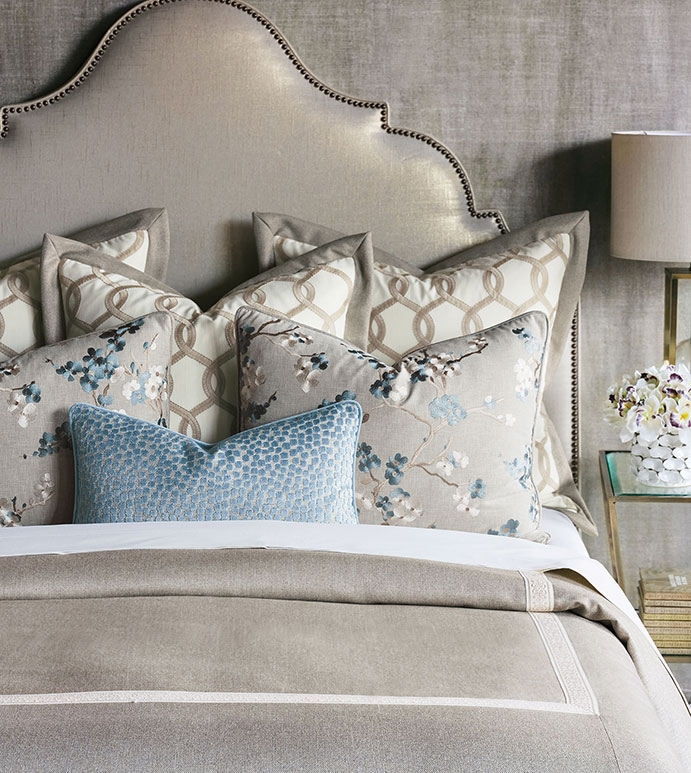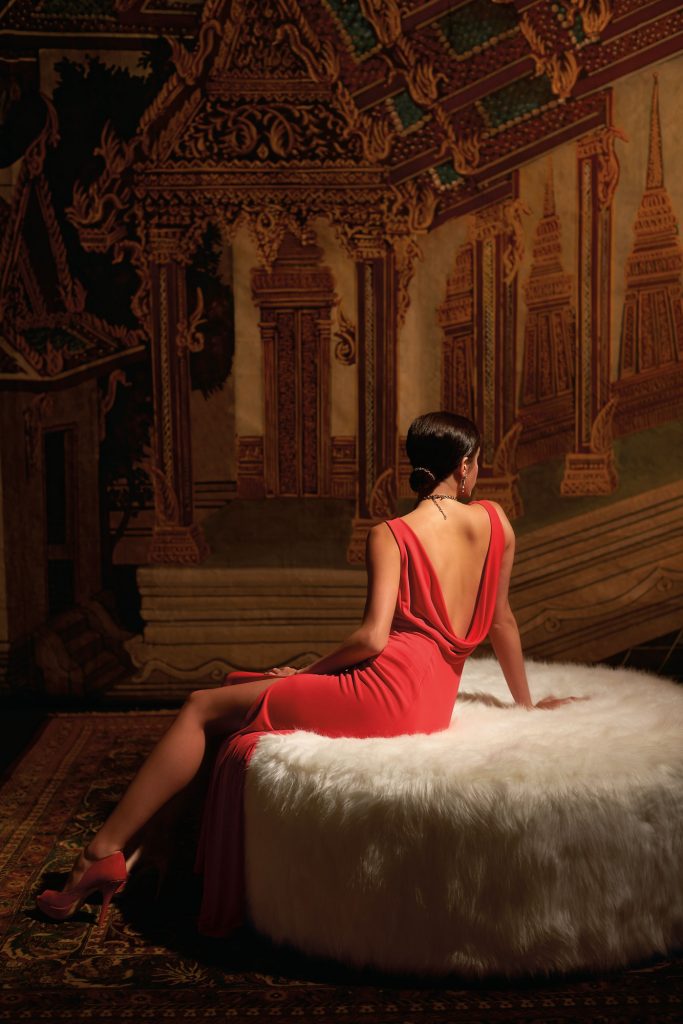Would it not be nice to design happiness? I mean spaces that would influence how people feel. For many designers, the link between living spaces and people well-being is intuitive. In fact, one of the questing I ask my clients is “How would you like the space to feel?”.
A thoughtfully designed personal space sets you at ease, but what it actually looks like varies widely from person to person. Let’s look into how beautiful spaces affect our brains.

What is Beauty
Beauty may have always been in the eye of the beholder. But where does the concept of beauty originates from? Donald H. Ruggles, author of Beauty, Neuroscience & Architecture: Timeless Patterns and Their Impact on Our Well-Being. “Now, we are realizing that beauty originates as an intuitive, emotional response in our ancient brain as the recognition of a pattern that has the potential for pleasure.” Having this knowledge, designers are able to create beautiful spaces that awaken the senses through sound, light, color and texture.
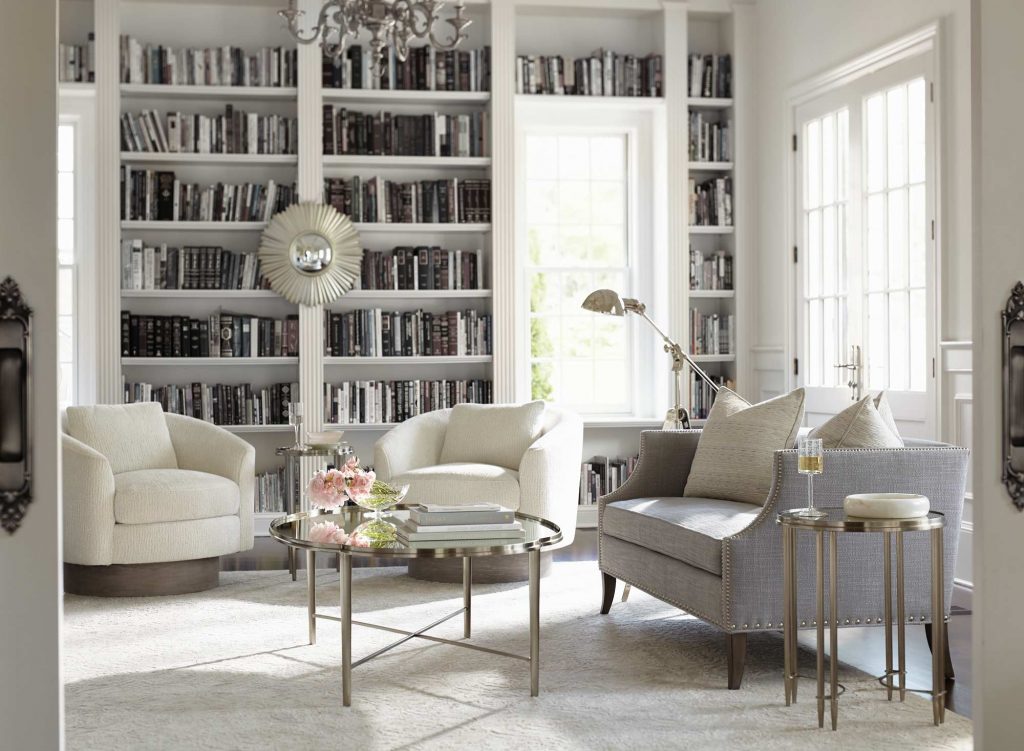
It is easily forgotten how important it is to customize a home based on the inhabitants’ idiosyncrasies and not just the trends that excite them. Creating spaces to suit different temperaments and lifestyles can be a challenge—especially among couples or families whose shared spaces must work for everyone. Working hand-in-hand with a decorator allows you to factor in your family members’ personality type into the design vision.
It is important that all deciding members are present when your designer comes to visit to make sure everyone’s personalities and preferences are taken in consideration.
Artistic Merit
A home with thoughtfully curated art isn’t just prettier—it’s also better for you. Installing art is a simple way to elevate well-being and connect you to your home. Art can magnify happiness and encourage new and different experiences.
Viewing the process of art selection should not be made from a purely financial perspective. Trust your instincts to find what clicks for you on an emotional level. Presence of art you truly enjoy may have a similar effect to incorporating positive habits into your routine, like meditation or walking outside. The absence of these habits isn’t necessarily damaging—but the addition can hugely improve mood.
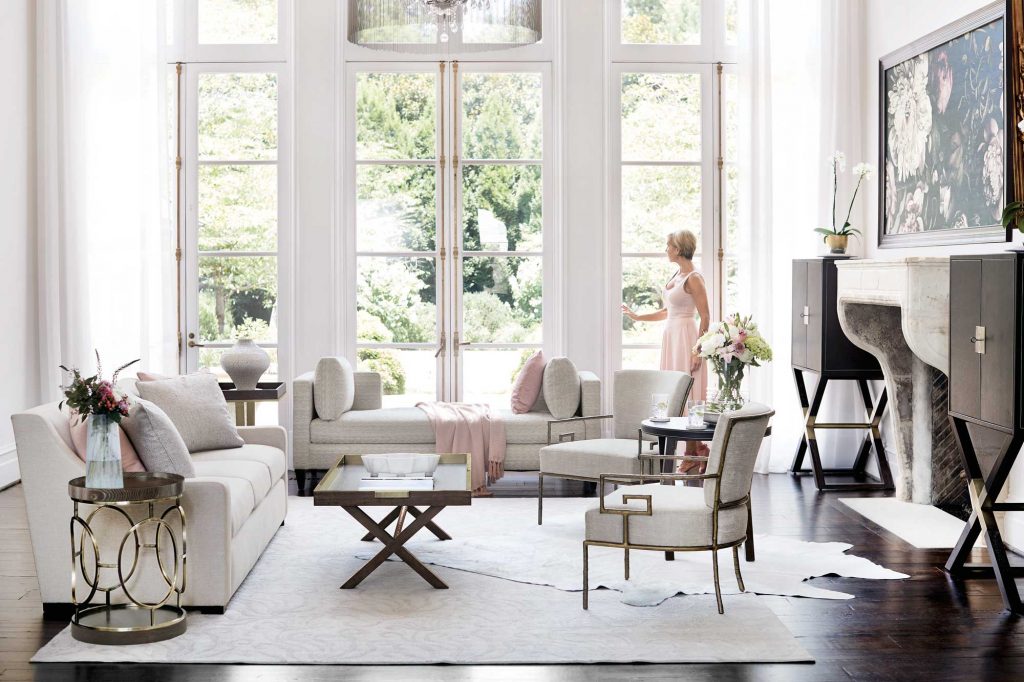
Inspired by Nature
Research in Neuroaesthetics, the study of how the mind processes and responds to beauty and art, is clear on the benefits of greenery and the great outdoors when it comes to design elements proven to promote mental health. Incorporating live plants, fresh flowers, natural materials and softly curved and continuous surfaces, inspired by natural forms, can instill a sense of peace. Try bringing the outdoors in to feel happier at home.
Light
A 2014 study from the University of Toronto Scarborough, showed that bright light can cause people to feel emotions (both positive and negative) more intensely. On the other hand, insufficient light in the home is associated with depression, per a 2011 study published in Public Health Reports.
Many designers are already paying plenty of attention to light. “Along with colors, layout and fabrics, light can affect how we feel,” says New York–based designer and architect Ramona Albert, who specializes in creating sustainable spaces rooted in nature. “Small changes to these elements can significantly improve comfort levels. Natural light, in particular, is very important, and greatly affects the quality of any space.”
Improving lighting scheme at home is an easy thing to do. It might be adding additional lighting such as floor lamps where you like reading or maybe some pot lights for better general illumination.
Colour coding
Colour is one of the most effective ways to shift the energy of a space. According to colour psychology, different colour and colour combinations trigger different emotional response in us. Applying the theory of colour psychology empowers designers to create various ambiances in different rooms of a home as they see fit to the home owners needs.
Regardless of what the research says, the effect of any hue in the home is also determined by an individual’s own disposition. Everyone is a little different and every person has a different level of colour tolerance.
Your favorite colour can tell a lot about your personality. But most importantly, it is a great way to create a space you love by introducing design element featuring it.
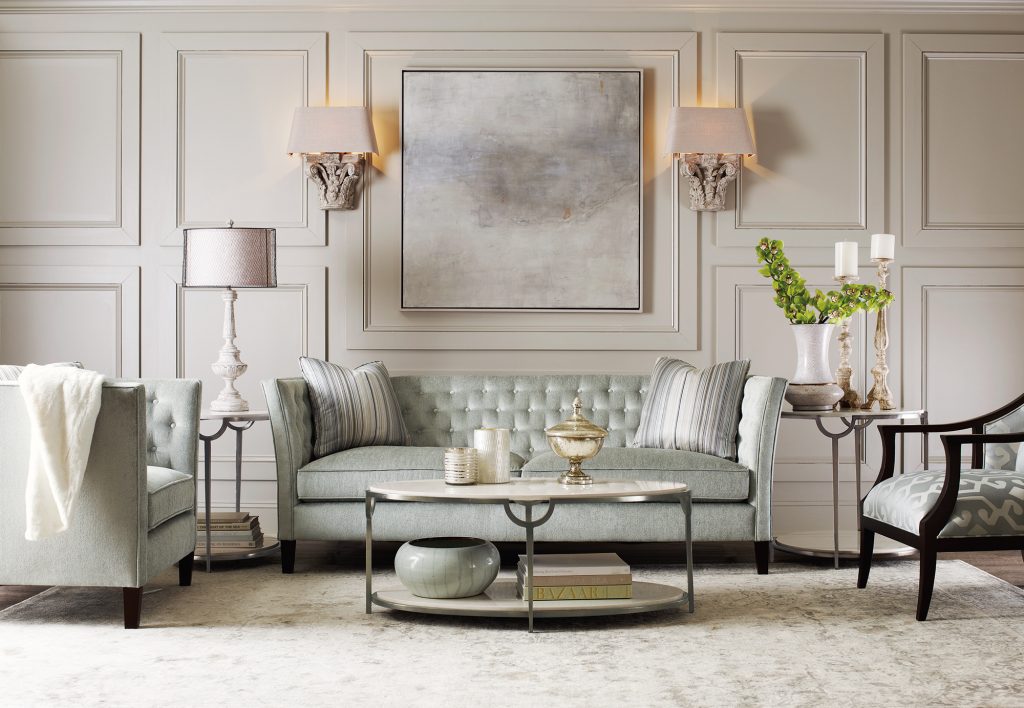
So, can you design happiness? If it was only the surrounding environment we live in that affected our well-being, interior designers would be masters of moods. But even with all influencing factors that affect our mood, there are proven methods of changing an atmosphere around us.
This post was inspired by an article by Hannah Hickock published in the magazine Business of Home: https://businessofhome.com/boh/article/can-you-design-happiness

